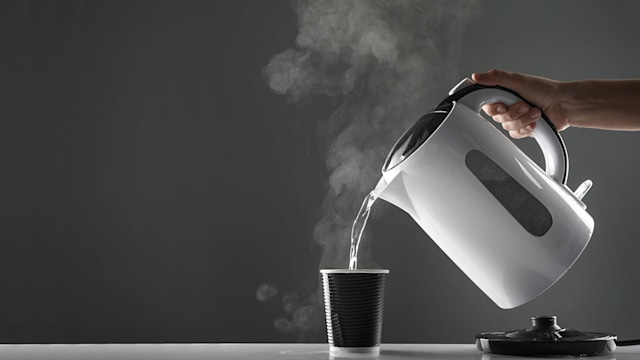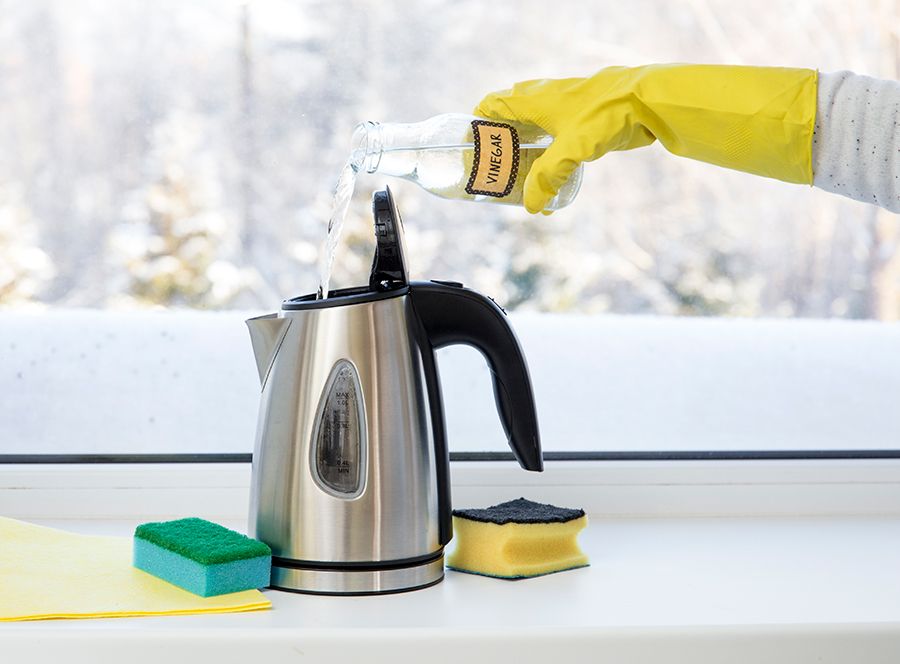Helping to keep your kettle clean, working better and your daily brew tasting good, descaling your kettle regularly is a no-brainer.
But when you live in a hard water area it can feel like a thankless task, with stubborn limescale building up regularly, leading to chalky deposits on your kitchen gadgets and even in your drinks.
While you can pick up specialist descaling products at the shops, getting your kettle sparkling clean is simple when you use natural cleaning essentials including lemons and white vinegar, and with some extra care and attention you can not only remove limescale, but also prevent it from forming in the first place.
RELATED: How to get grease out of clothes in 5 simple steps
We caught up with Lynsey Crombie, Queen of Clean, to discover how to descale a kettle in an hour, and it couldn't be easier…
How to descale a kettle
How to prevent limescale in kettles
Leaving water in the kettle can encourage limescale to build up, so it is recommended to empty the kettle out when you're finished with it, particularly if you live in an area with hard water. Better still, you should dry it out after use if you really want to prevent limescale from forming, but this may not always be practical or convenient.
Where does limescale come from?
Limescale is caused by a high concentration of magnesium and calcium found in hard water. It leaves behind a hard, chalky residue and tends to build up where water is left standing or has been heated – meaning it is regularly found in kettles, along with around taps and shower heads. It can also build up in areas you don't see, such as inside pipes, dishwashers and washing machines.
READ: The ultimate weekly cleaning schedule to keep your house spotless
SHOP: 21 best kettles so you can get brewing in style
Does limescale damage a kettle?
Limescale can reduce the lifespan of your kettle, as it impacts the efficiency of the kettle's element and can mean it takes longer to heat up.
Is it safe to drink from a kettle with limescale?
It is considered safe to drink from a kettle with limescale, however, it may impact the taste of your drinks and eventually lead to a chalky white build-up in your water.
Want to keep up to date with the latest stories? Sign up to our HELLO! Newsletters today.


